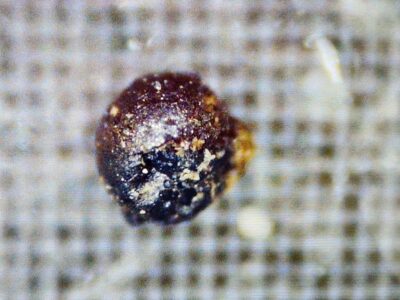
This fall, the photographs of Sebastião Salgado provide the springboard for an unique program of panel discussions, lectures and film screenings addressing the urgent issue of climate change. A new partnership among Lamont-Doherty Earth Observatory, the International Research Institute for Climate and Society (IRI) and New York City’s International Center of Photography (ICP) will present a variety of panel discussions and gallery walk-throughs at the ICP with climate experts.
The ICP is host of the first U.S. exhibition of Salgado’s Genesis, which is on view from Sept. 19, 2014, to Jan. 11, 2015. Salgado spent eight years traveling the world, documenting wildlife, landscapes, seascapes and indigenous people on all parts of the planet. The result is a striking portfolio of 200 images that show some of Earth’s most unspoiled places – and confront the issues of environmental degradation and climate change.
Through mid-December, a series of Monday evening panel events involving IRI’s Lisa Goddard, Haresh Bhojwani and Francesco Fiondella, as well as Lamont’s Peter deMenocal and Klaus Jacob, will address a range of topics from climate change adaptation in New York City to the use of photography to help the public visualize the impacts of our changing climate.
In addition, on five Friday evenings, gallery walk-throughs are planned, where scientists from IRI and Lamont will contextualize Salgado’s photographs, region by region. Climate experts Robin Bell, Trevor Williams, Kátia Fernandes, Alessandra Giannini, William D’Andrea and Art Lerner-Lam will each take a turn guiding visitors through the section of the exhibit related to their field of study, explaining the climate conditions and environmental threats particular to the geographic regions documented in Salgado’s photographs.
The first gallery walk-through is on Friday, October 10 from 6:00-7:30 p.m. at the ICP and is free with museum admission. Lamont-Doherty polar scientist Robin E. Bell will discuss her discoveries on ice sheet collapse and the implications of climate change on the polar regions as she leads visitors through the Northern Spaces of the Sebastião Salgado: Genesis exhibition. Please visit the ICP website for more information on this event and the entire series.



